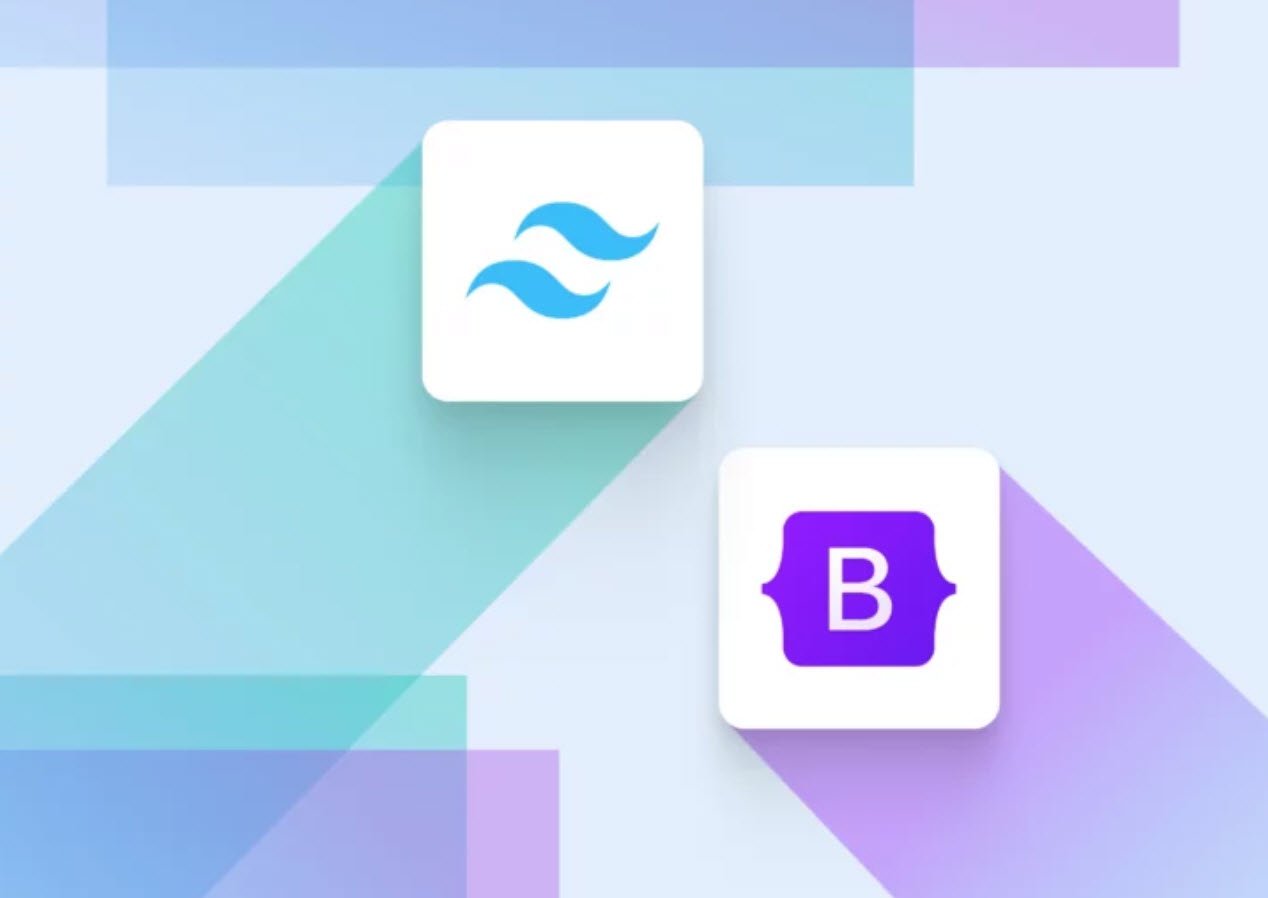
In today’s digital era, web development has emerged as one of the most sought-after and well-paid careers. As businesses increasingly rely on the internet to connect with their customers, the demand for skilled web developers continues to grow. If you aspire to become a successful full-stack web developer, understanding the roadmap can provide you with a clear direction for acquiring the necessary skills.
In this article, we will explore the full-stack web development roadmap, which includes various essential technologies and concepts.
- HTML: The Foundation of the Web
- CSS: Styling and Design
- Bootstrap/Tailwind CSS: Rapid Development with Frameworks
- Git and GitHub: Version Control and Collaboration
- JavaScript: Interactivity and Functionality
- Testing: Ensuring Quality and Reliability
- React/Angular/Vue/Svelte: Front-End Frameworks
- NodeJS/Go/Python/PHP: Back-End Technologies
- API: Integrating Applications
- Database: Storing and Retrieving Data
- Well-Paid Job: A Rewarding Career
1. HTML: The Foundation of the Web
HTML (Hypertext Markup Language) is the backbone of every web page. It provides the structure and content of a website. Learning HTML is the first step in your web development journey. Understanding HTML tags, attributes, and semantic markup will enable you to create well-structured web pages.
2. CSS: Styling and Design
Cascading Style Sheets (CSS) is responsible for the visual appearance of web pages. It allows you to control the layout, colors, fonts, and other stylistic elements. With CSS, you can transform a plain HTML document into an aesthetically appealing and user-friendly website.
3. Bootstrap/Tailwind CSS: Rapid Development with Frameworks
Bootstrap and Tailwind CSS are popular CSS frameworks that streamline the web development process. These frameworks provide pre-built components and stylesheets, allowing you to create responsive and consistent designs efficiently. Learning either of these frameworks can significantly enhance your productivity.
4. Git and GitHub: Version Control and Collaboration
Git is a distributed version control system that tracks changes in your codebase. Understanding Git and its commands enables you to manage your projects effectively, collaborate with other developers, and revert to previous versions if necessary. GitHub, a widely used platform, provides a remote repository for hosting your Git repositories and facilitates collaboration with other developers.
5. JavaScript: Interactivity and Functionality
JavaScript is a versatile programming language that brings interactivity and dynamic functionality to web pages. It allows you to create interactive forms, perform client-side validations, manipulate the DOM (Document Object Model), and develop complex web applications. Learning JavaScript is crucial for full-stack web development.
6. Testing: Ensuring Quality and Reliability
Testing is an integral part of web development. Learning testing frameworks like Jest, Mocha, or Jasmine allows you to write automated tests that ensure your code functions correctly and remains stable. Familiarizing yourself with testing concepts and methodologies will help you deliver high-quality web applications.
7. React/Angular/Vue/Svelte: Front-End Frameworks
Front-end frameworks like React, Angular, Vue, and Svelte simplify the process of building complex user interfaces and managing state in web applications. These frameworks provide a component-based architecture, allowing you to reuse code, improve performance, and create interactive web experiences.
8. NodeJS/Go/Python/PHP: Back-End Technologies
To become a full-stack web developer, you must also master back-end technologies. Node.js, Go, Python, and PHP are popular choices for building server-side applications. These languages offer different features and performance characteristics. Understanding the concepts of server-side programming and working with databases will enable you to handle server logic effectively.
9. API: Integrating Applications
Application Programming Interfaces (APIs) enable different software systems to communicate and exchange data. Learning how to build and consume APIs is crucial for full-stack development. You’ll gain the ability to integrate your web applications with external services, harnessing their functionality and expanding your application’s capabilities.
10. Database: Storing and Retrieving Data
Databases are essential for storing and retrieving data in web applications. Understanding database concepts, working with relational or NoSQL databases, and learning query languages like SQL or MongoDB will allow you to build robust and scalable back-end systems.
11. Well-Paid Job: A Rewarding Career
By following the full-stack web development roadmap and mastering the mentioned technologies and concepts, you pave the way for a well-paid job. The demand for skilled full-stack web developers continues to rise as businesses recognize the value of creating comprehensive web experiences for their customers. With your expertise in both front-end and back-end development, you’ll possess the versatility and knowledge to create impactful web applications.
In conclusion, the journey to becoming a full-stack web developer is an exciting and rewarding one. As you progress through the roadmap, remember to build practical projects and continually refine your skills. By staying updated with the latest web development trends and technologies, you’ll position yourself for success in this fast-paced and ever-evolving field.
You may also like:- Top 10 CSS Libraries for Your Next App
- How To Fix the Crowdstrike/BSOD Issue in Microsoft Windows
- MICROSOFT is Down Worldwide – Read Full Story
- Windows Showing Blue Screen Of Death Error? Here’s How You Can Fix It
- A Guide to SQL Operations: Selecting, Inserting, Updating, Deleting, Grouping, Ordering, Joining, and Using UNION
- Top 10 Most Common Software Vulnerabilities
- Essential Log Types for Effective SIEM Deployment
- How to Fix the VMware Workstation Error: “Unable to open kernel device ‘.\VMCIDev\VMX'”
- Top 3 Process Monitoring Tools for Malware Analysis
- CVE-2024-6387 – Critical OpenSSH Unauthenticated RCE Flaw ‘regreSSHion’ Exposes Millions of Linux Systems








